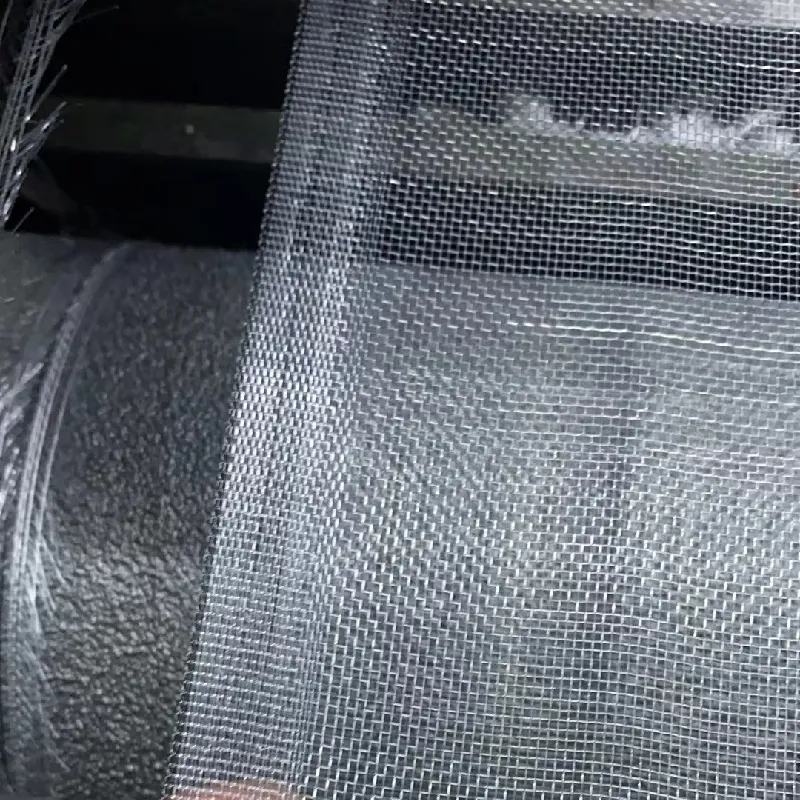-
 Afrikaans
Afrikaans -
 Albanian
Albanian -
 Amharic
Amharic -
 Arabic
Arabic -
 Armenian
Armenian -
 Azerbaijani
Azerbaijani -
 Basque
Basque -
 Belarusian
Belarusian -
 Bengali
Bengali -
 Bosnian
Bosnian -
 Bulgarian
Bulgarian -
 Catalan
Catalan -
 Cebuano
Cebuano -
 China
China -
 Corsican
Corsican -
 Croatian
Croatian -
 Czech
Czech -
 Danish
Danish -
 Dutch
Dutch -
 English
English -
 Esperanto
Esperanto -
 Estonian
Estonian -
 Finnish
Finnish -
 French
French -
 Frisian
Frisian -
 Galician
Galician -
 Georgian
Georgian -
 German
German -
 Greek
Greek -
 Gujarati
Gujarati -
 Haitian Creole
Haitian Creole -
 hausa
hausa -
 hawaiian
hawaiian -
 Hebrew
Hebrew -
 Hindi
Hindi -
 Miao
Miao -
 Hungarian
Hungarian -
 Icelandic
Icelandic -
 igbo
igbo -
 Indonesian
Indonesian -
 irish
irish -
 Italian
Italian -
 Japanese
Japanese -
 Javanese
Javanese -
 Kannada
Kannada -
 kazakh
kazakh -
 Khmer
Khmer -
 Rwandese
Rwandese -
 Korean
Korean -
 Kurdish
Kurdish -
 Kyrgyz
Kyrgyz -
 Lao
Lao -
 Latin
Latin -
 Latvian
Latvian -
 Lithuanian
Lithuanian -
 Luxembourgish
Luxembourgish -
 Macedonian
Macedonian -
 Malgashi
Malgashi -
 Malay
Malay -
 Malayalam
Malayalam -
 Maltese
Maltese -
 Maori
Maori -
 Marathi
Marathi -
 Mongolian
Mongolian -
 Myanmar
Myanmar -
 Nepali
Nepali -
 Norwegian
Norwegian -
 Norwegian
Norwegian -
 Occitan
Occitan -
 Pashto
Pashto -
 Persian
Persian -
 Polish
Polish -
 Portuguese
Portuguese -
 Punjabi
Punjabi -
 Romanian
Romanian -
 Russian
Russian -
 Samoan
Samoan -
 Scottish Gaelic
Scottish Gaelic -
 Serbian
Serbian -
 Sesotho
Sesotho -
 Shona
Shona -
 Sindhi
Sindhi -
 Sinhala
Sinhala -
 Slovak
Slovak -
 Slovenian
Slovenian -
 Somali
Somali -
 Spanish
Spanish -
 Sundanese
Sundanese -
 Swahili
Swahili -
 Swedish
Swedish -
 Tagalog
Tagalog -
 Tajik
Tajik -
 Tamil
Tamil -
 Tatar
Tatar -
 Telugu
Telugu -
 Thai
Thai -
 Turkish
Turkish -
 Turkmen
Turkmen -
 Ukrainian
Ukrainian -
 Urdu
Urdu -
 Uighur
Uighur -
 Uzbek
Uzbek -
 Vietnamese
Vietnamese -
 Welsh
Welsh -
 Bantu
Bantu -
 Yiddish
Yiddish -
 Yoruba
Yoruba -
 Zulu
Zulu
Steel Floor Mesh Applications and Benefits for Modern Construction Projects
The Importance of Steel Floor Mesh in Modern Construction
In contemporary construction and architecture, the role of structural materials cannot be overstated. Among these, steel floor mesh has gained significant recognition for its versatility, strength, and essential contributions to building integrity and safety. With the growing complexity of construction projects, steel floor mesh has emerged as a preferred choice for various applications, ranging from residential buildings to commercial infrastructures.
Steel floor mesh, often referred to as welded wire mesh, consists of a series of steel wires that are welded at intersections to form a grid-like pattern. This mesh is primarily used to reinforce concrete slabs and floors, helping to distribute loads evenly and prevent cracking. The use of steel mesh ensures that concrete structures can withstand the stresses associated with weight, environmental conditions, and potential seismic activities.
One of the key advantages of steel floor mesh lies in its strength. Steel by nature possesses high tensile strength, which means it can handle immense loads without deformation. When incorporated into concrete flooring systems, steel mesh enhances the overall structural performance of the slab. This is particularly crucial in areas subject to heavy foot traffic, industrial machinery, or even vehicles, as it helps to absorb and distribute the forces exerted on the floor.
Additionally, steel floor mesh provides excellent durability
. Unlike traditional reinforcement methods, which may corrode or weaken over time, steel mesh is designed to withstand environmental factors such as moisture and chemicals. This resistance to corrosion extends the lifespan of concrete structures, leading to a more sustainable and cost-effective solution for builders and owners alike. By reducing the need for frequent repairs and maintenance, projects utilizing steel floor mesh ultimately save time and resources.steel floor mesh

Another significant benefit of steel floor mesh is its ability to simplify the construction process. Employing pre-manufactured steel mesh panels streamlines installation, allowing for quicker project completion. Contractors can easily position the mesh before pouring concrete, ensuring that it is perfectly aligned and adequately placed for maximum effectiveness. This efficiency is particularly valuable in large-scale projects, where time is often money, and delays can have substantial financial implications.
Furthermore, steel floor mesh is highly adaptable. It can be customized to meet specific project demands, with varying wire sizes and mesh spacing to accommodate different loads and applications. Whether used in residential basements, commercial warehouses, or industrial facilities, the versatility of steel mesh allows engineers and architects to design structures that are both innovative and functional.
In environmental terms, the use of steel in construction is increasingly relevant as sustainability becomes a priority in the building industry. Steel is one of the most recycled materials on the planet, and its durability means that structures built with steel floor mesh can last for decades. The ability to recycle steel also reduces overall resource consumption, making it an environmentally friendly option for modern construction projects.
In conclusion, steel floor mesh plays a vital role in modern construction. Its combination of strength, durability, and adaptability makes it an indispensable material for architects and engineers. As the construction industry continues to evolve, the importance of materials like steel mesh cannot be overlooked. By ensuring structural integrity and promoting sustainability, steel floor mesh is set to remain a cornerstone of reliable and innovative construction practices. As we look to the future, embracing such materials will be crucial in creating resilient infrastructures that stand the test of time.
-
Shipping Plastic Bags for Every NeedNewsJul.24,2025
-
Safety Netting: Your Shield in ConstructionNewsJul.24,2025
-
Plastic Mesh Netting for Everyday UseNewsJul.24,2025
-
Nylon Netting for Every UseNewsJul.24,2025
-
Mesh Breeder Box for Fish TanksNewsJul.24,2025
-
Expanded Steel Mesh Offers Durable VersatilityNewsJul.24,2025











